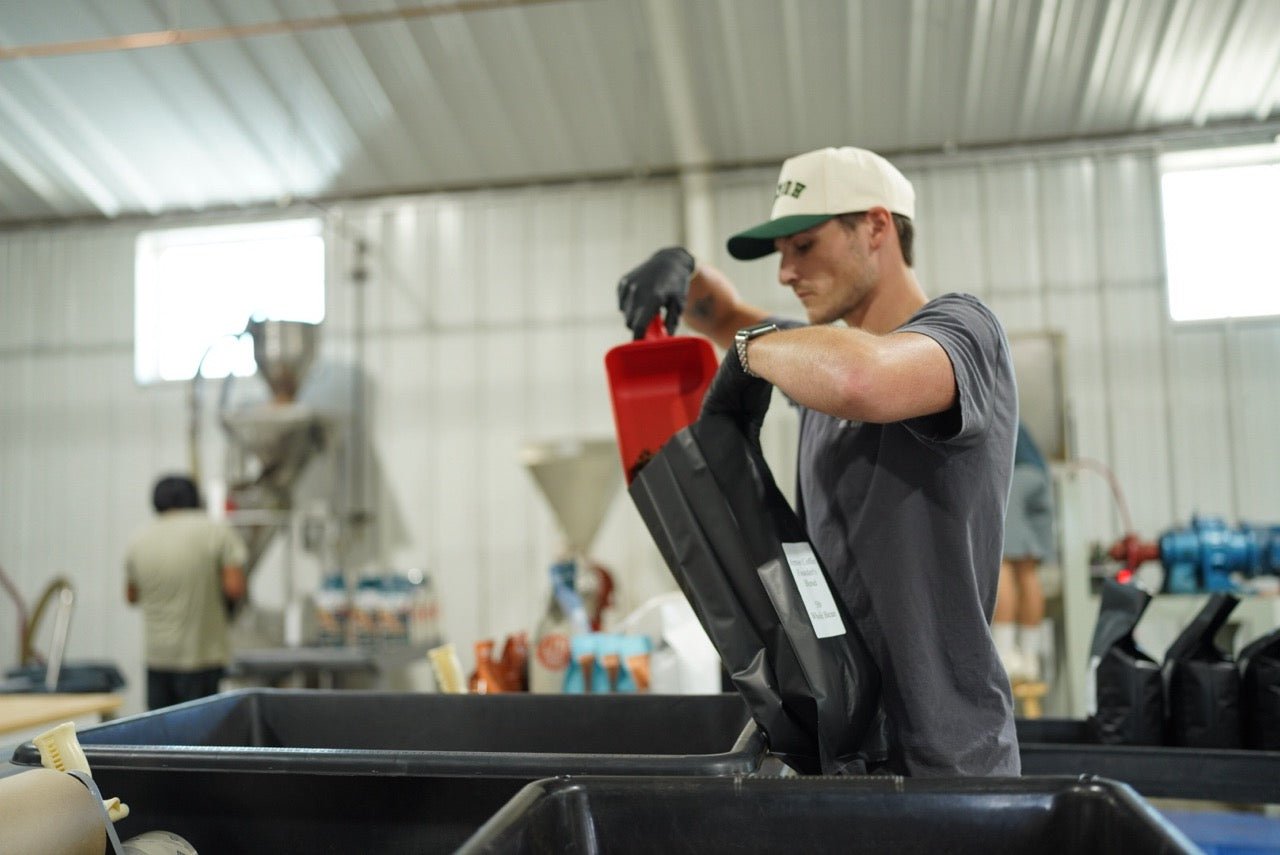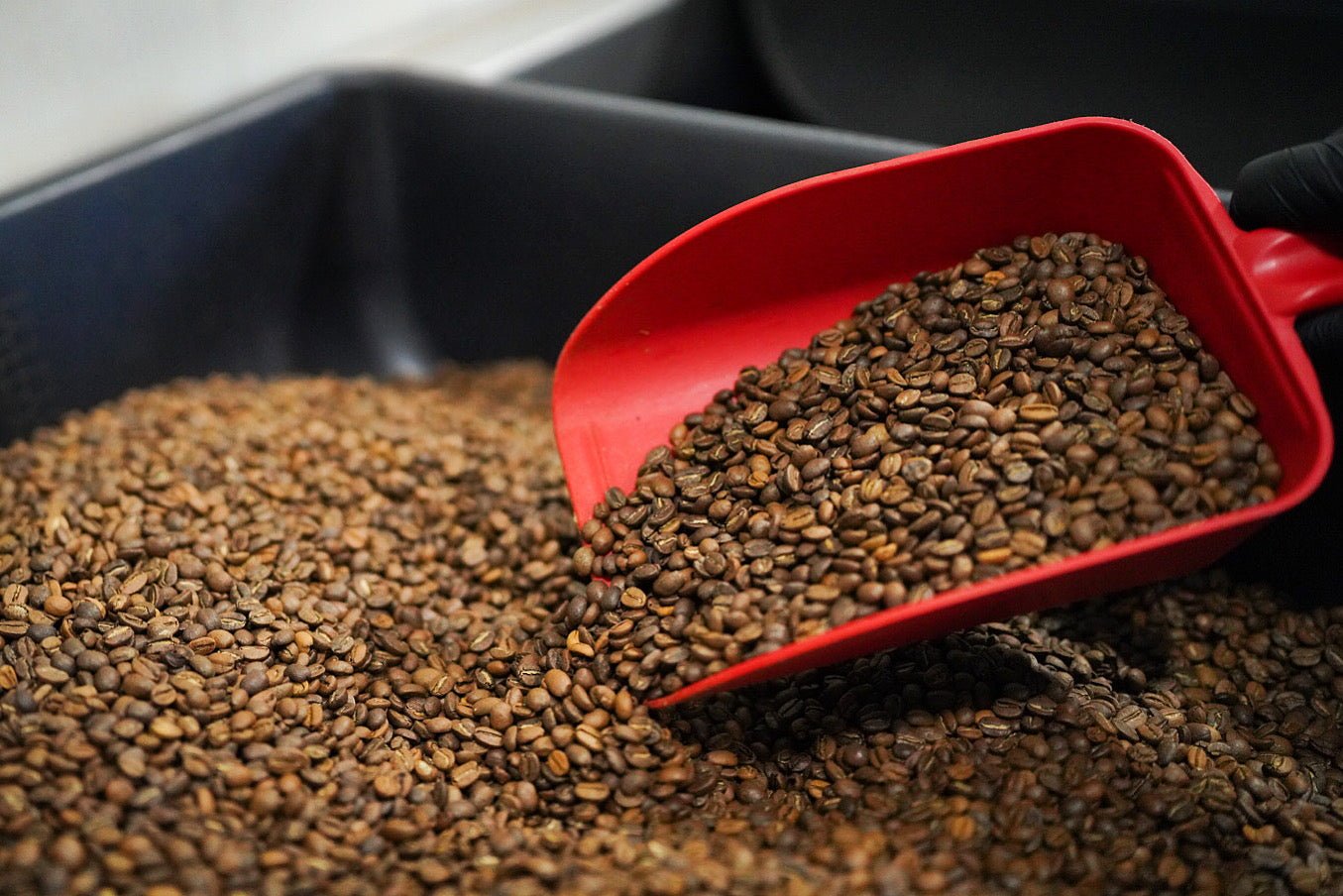There have been three big movements, or “waves,” in the world of coffee. The average coffee consumer isn’t familiar with that terminology, but they have tasted the trends of coffee culture trickle down to the very latte they order from their favorite coffee chain on their way to work.
The three big waves of coffee have shaped the way that people all around the world drink the most popular beverage on the planet. Sure, there are still people out there that love Maxwell House because it’s “Good to the last drop,” but most of the coffee drinkers out there have swam along with the tide when it comes to the coffee waves.
The Three Waves of Coffee
The First Wave
The first wave of coffee began in San Francisco, California, when James A. Folger started his namesake’s company during the California Gold Rush in the late 1800’s. Folger’s played a big role in the coffee industry for the next hundred years, and are still a major player in the coffee market today. The coffee of this era was typically roasted dark and pre-ground so that it could be brewed at home without a grinder.
The Second Wave
The second wave of coffee was brought about by Peet’s Coffee in the 1960’s and followed by Starbucks later in the 20th century. Howard Schultz, the ex-CEO of Starbucks, has been one of the most influential men in the world of coffee since he took control of the Starbucks company, which started as a seller of whole bean coffee in downtown Seattle.
The second wave of coffee introduced Americans to the idea of the Italian coffee shop, where they could go to order espresso-based coffee drinks. The coffee shop became a place where one could go to socialize or work remotely from a laptop. It was a reinvention of the European coffee shop of the Renaissance that helped make coffee the most popular beverage in the world.
The Third Wave
This is the current trend in coffee connoisseurship. Those that love their single-origin coffee through a Chemex or pour-over have this movement to thank. The key themes of it include lighter roasts and sourcing directly from farms rather than just from a particular country. Its leaders emphasize working directly with farmers in importing the beans.
Today there are many specialty coffee roasters, some local and others are nationwide or even worldwide. A couple of the biggest players in the United States included Intelligentsia and Stumptown, a couple of the initial leaders in the third-wave movement of coffee. Today both of these roasters are owned by a German conglomerate.
Where We Fit In
Here at US Roast we aren’t coffee snobs, but we do pride ourselves on working with farms we source from, and roast across the entire spectrum, from a City to a Vienna (and sometimes even an Italian roast).
Many would say we are still riding the third wave of coffee, but the fourth is definitely something to look forward to. It’s safe to say that the fourth wave will include specialty, freshly roasted coffee being more readily available and easier to find both in the United States and across the world, and at US Roast we’re proud to be a part of that change in the world of coffee.


